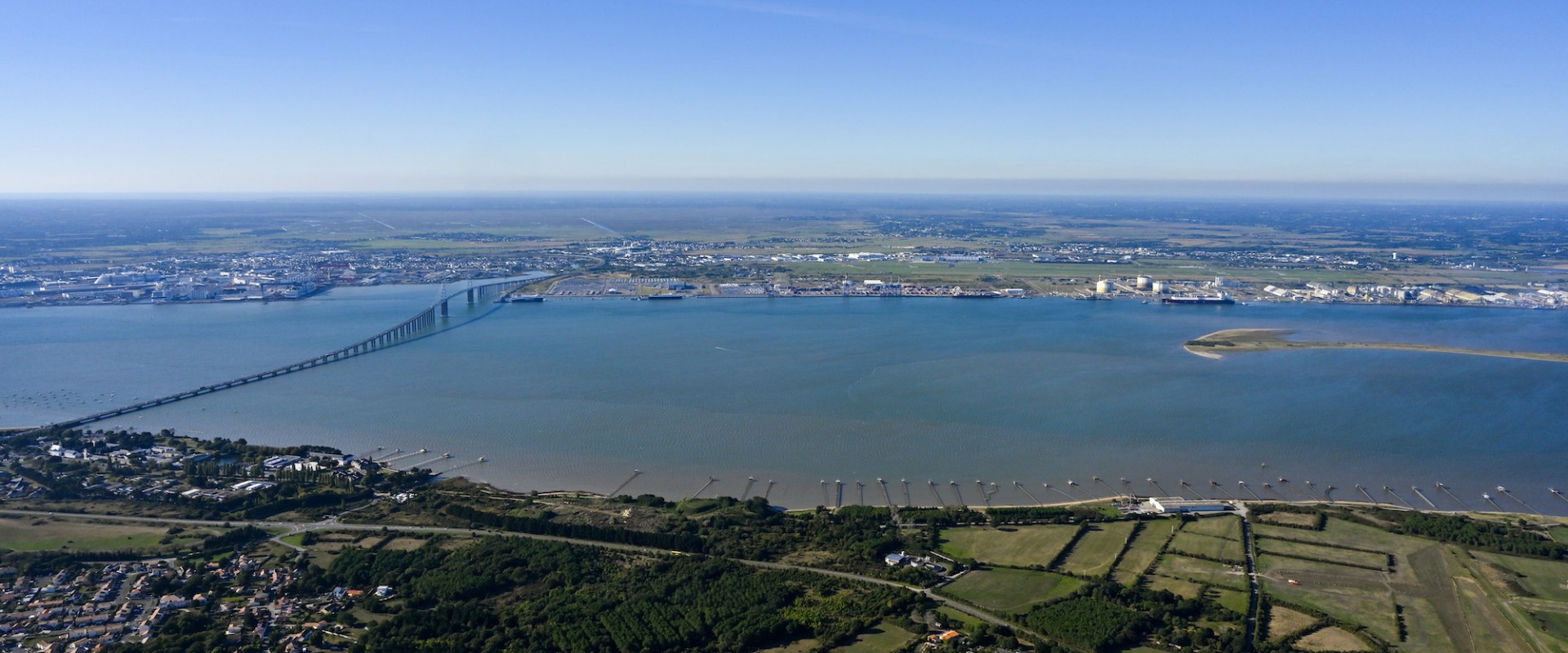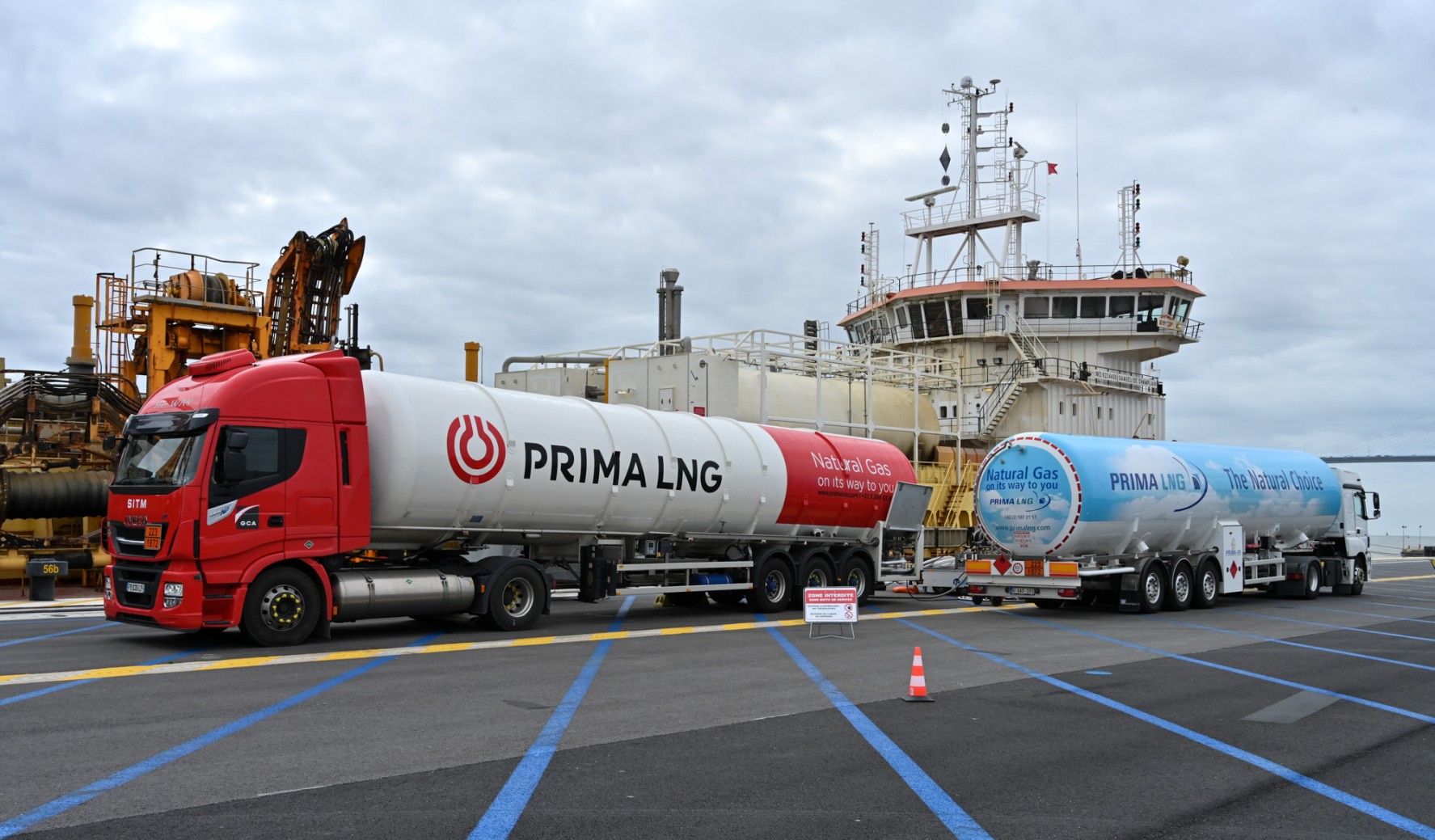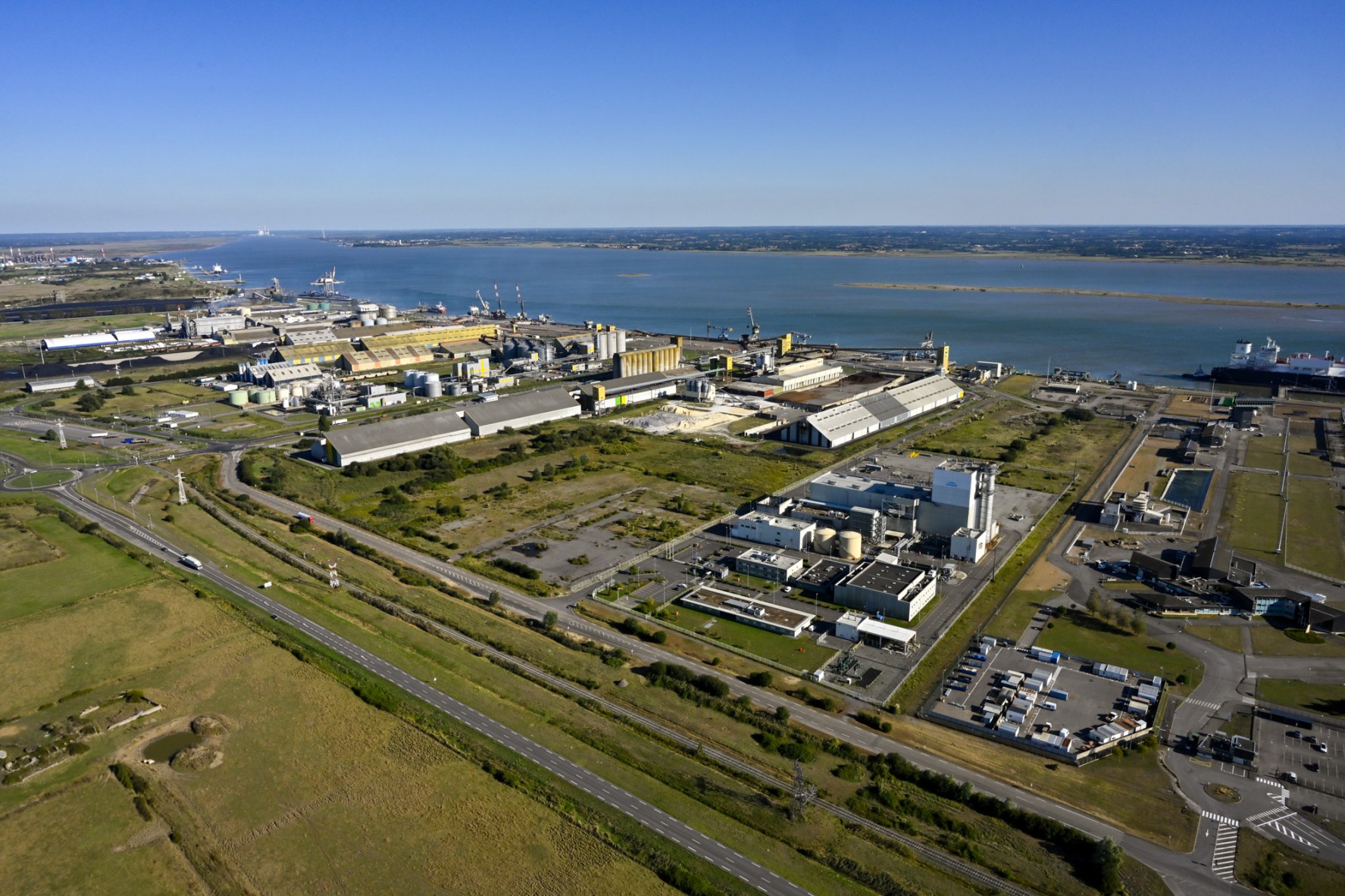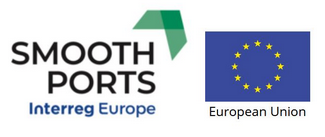
Sustainability of Port-Related Activities
Reducing the carbon and environmental footprint of the port-based ecosystem is a new ambition, which illustrates Nantes ‒ Saint Nazaire Port’s desire to engage the Organization in a virtuous dynamic that is in keeping with worldwide, national, local and sectoral undertakings.
Expediting and Drawing Our Lifeblood from Our Energy and Ecological Transitions
The reduction of the overall footprint of the Port and of industrial and port-related activities is part of a transversal approach benefitting both the Region, and the customers and the resiliency of the Port of Nantes ‒ Saint Nazaire.
It is notably structured by the Net Zero Initiative method developed by consultancy firm Carbone 4, and comprises three strands :
- The reduction of the emissions of the Port of Nantes ‒ Saint Nazaire, based on the limitation of the consumption of natural resources and the utilization of carbon-free energy, thereby helping to increase our resiliency in the face of climate change;
- The reduction of our customers’ emissions, thanks to the low-carbon in-port processing of cargo, and an industrial and territorial ecology approach generating new activities and values;
- The development of carbon sinks.
This approach aims to support the deployment of a sustainable, innovative port service offer, and to propose to companies a framework that facilitates experimentation.
Assessment of Greenhouse Gas Emissions
Every year, Nantes ‒ Saint Nazaire Port’s greenhouse gas emissions are calculated and analysed.
Changes in and breakdown of greenhouse gas emissions at the Port of Nantes ‒ Saint Nazaire, from 2015 to 2019.
The fuel consumption associated with the mobile suction dredger Samuel de Champlain accounts for the largest share of greenhouse gas emissions (between 69 and 73 % of the emissions). It should be noted that this type of emissions decreases significantly in 2019, as a result of the LNG retrofit work on the dredger, which meant that she did not return to the Loire Estuary until the end of June 2019. The LNG retrofit of this dredger will permit :
- the virtual elimination of sulphur oxide and fine particle emissions;
- a 65 % reduction in nitrogen oxide emissions;
- a reduction in greenhouse gas emissions in the order of 15 to 20 %;
- a decrease in the volumes of carbon dioxide and particles going beyond the existing standards.

Management of Onshore Waste
The upkeep of the port activity zones and maintenance and office-based activities generated a little over 1 200 tonnes of waste in 2019, including 500 tonnes of organic waste resulting from deposition on the ground during the unloading of cargo from vessels alongside quay. For the period 2015-2019, the annual tonnage collected amount to approximately 1 045 tonnes on average.
In order to encourage the sorting of waste products and to meet the regulatory requirements, all the facilities at the Port of Nantes ‒ Saint Nazaire are equipped with the appropriate waste collection bins for their area of activity.
Solid hazardous waste is separated from other waste products and appropriate waste disposal arrangements have been put in place for waste electrical and electronic equipment, batteries, fluorescent tube lamps and used print cartridges.
The upkeep and tidying of non-developed zones by Nantes ‒ Saint Nazaire Port’s teams, in combination with the efforts to secure the port facilities, have also served to limit the amount of illicit dumping.
An essential factor in the success of this approach is that the members of personnel are advised and informed regarding waste management issues.
By chain of disposal, waste products are processed as follows :
- mixed non-hazardous waste: incinerator, landfill – bioreactor;
- paper, cardboard, metals and wood: material recycling;
- biomedical waste, lead batteries and other types of batteries, rags and soiled packaging, fluorescent tube lamps: incinerator and material recycling;
- liquid hazardous waste: incinerator, material recycling and physical-chemical treatment;
- organic and green waste: composting.
The arrangements put in place for sorting operations make it possible to recover nearly 70 % of the waste products concerned, 54 % being recovered as compost.
Industrial and Territorial Ecology
In 2014, Nantes ‒ Saint Nazaire Port and Saint Nazaire Urban Area District Authority instituted a joint industrial ecology initiative covering the Saint Nazaire, Montoir de Bretagne and Donges port activity zones. This undertaking has led to a number of studies focussing on subjects such as the capture of CO2, a heating network, smart grids, hydrogen potential, photovoltaic solar energy... These subjects are explored in our video above.
These years of collaborative studies and actions are today producing some impressive achievements. Alternative energy production and distribution solutions are now emerging within the Port Authority area. At Montoir de Bretagne, at the foot of the Pont de Saint-Nazaire bridge, a 95 % methane content NGV (Natural Gas for Vehicles) station is set to be built in 2021. At a nearby location, on a 15-hectare site close to the liquefied natural gas terminal, three ground-mounted solar power plants are going to be installed from the autumn of 2021. They will supply an amount of electricity that is equivalent to the annual consumption of 7 700 people.
Nantes ‒ Saint Nazaire Port is focussing as of now on the energy sources of tomorrow. Benefitting from the strong impetus driven by the National Hydrogen Plan, hydrogen is set to play an increasingly important role in France’s energy mix. The Port of Nantes ‒ Saint Nazaire possesses many assets enabling it to become the leading port for hydrogen on France’s Atlantic Seaboard. In this way, within the framework of the H2 regional road map, and linking up with the H2 Loire Valley initiative, the Port Authority has recently issued a call for proposals to examine the deployment scenarios for the hydrogen sector in its port-based eco-system.
Working alongside its partners, Nantes ‒ Saint Nazaire Port is also investing in a number of renewable energy and energy recovery projects. These notably include the plan to set up an industrial and urban heating network in Saint Nazaire, smart grids (the intelligent control and management of electrical energy networks and flows), the cultivation of microalgae or the analysis of flows of materials (raw, processed and secondary materials: grain and cereals, sulphur, aluminium, plastic, steel, cement, glass, paper pulp).

The Smooth Ports Initiative
The Smooth Ports initiative, which comes within the framework of the Interreg Europe cooperation programme supporting the shift to a low-carbon economy, aims to reduce CO2 emissions from road traffic at ports, by employing alternative fuels and digital technology.
Nantes ‒ Saint Nazaire Port is an active participant in this programme, which is led by the Departmental Authority for Economic Affairs, Transport and Innovation of the City and State of Hamburg (Germany), alongside the Association for the Promotion of the Port of Hamburg, the North Tyrrhenian Sea Port Authority (Livorno, in Italy), the Town of Monfalcone (Italy) and the Region of Varna (Bulgaria).
The first objective of the Smooth Ports project is to gain a better understanding of the CO2 emissions generated by road traffic flows in port areas, then to assess the available levers for action. In collaboration with the stakeholders, companies and Local and Regional Government agencies involved, the project will notably serve to identify new economic activities associated with alternative fuels or with the smart management of transport flows.
Find out more about the Smooth Ports initiative
You can read our latest article on the subject of the Smooth Ports initiative in our magazine West Link n°100
Contact: Christophe Leclerc ‒ c.leclerc@nantes.port.fr
